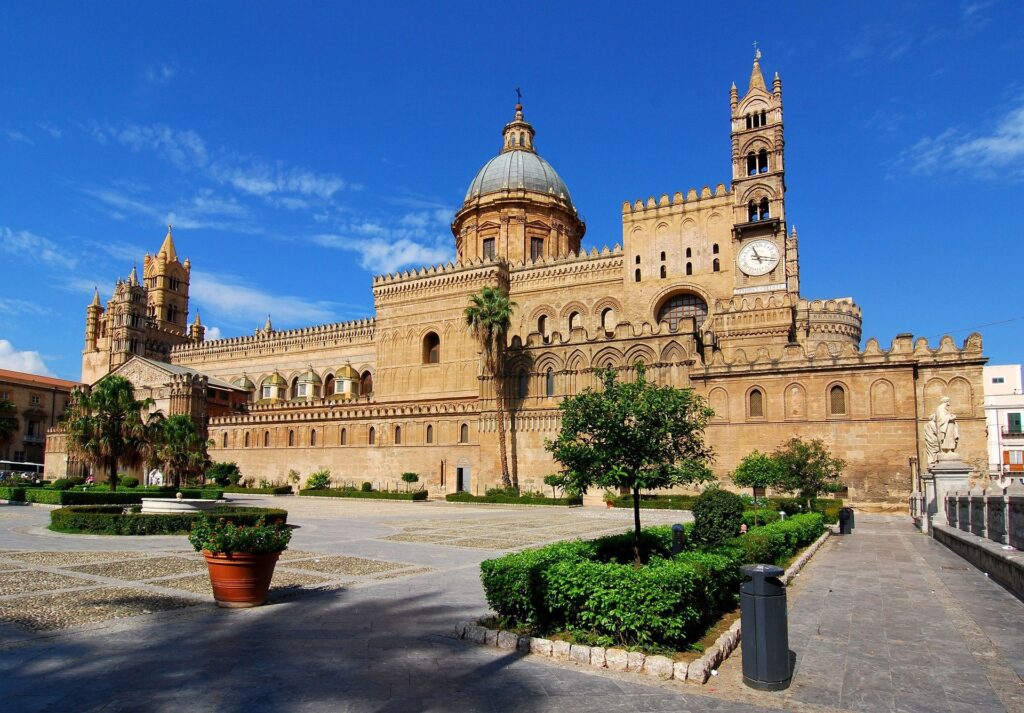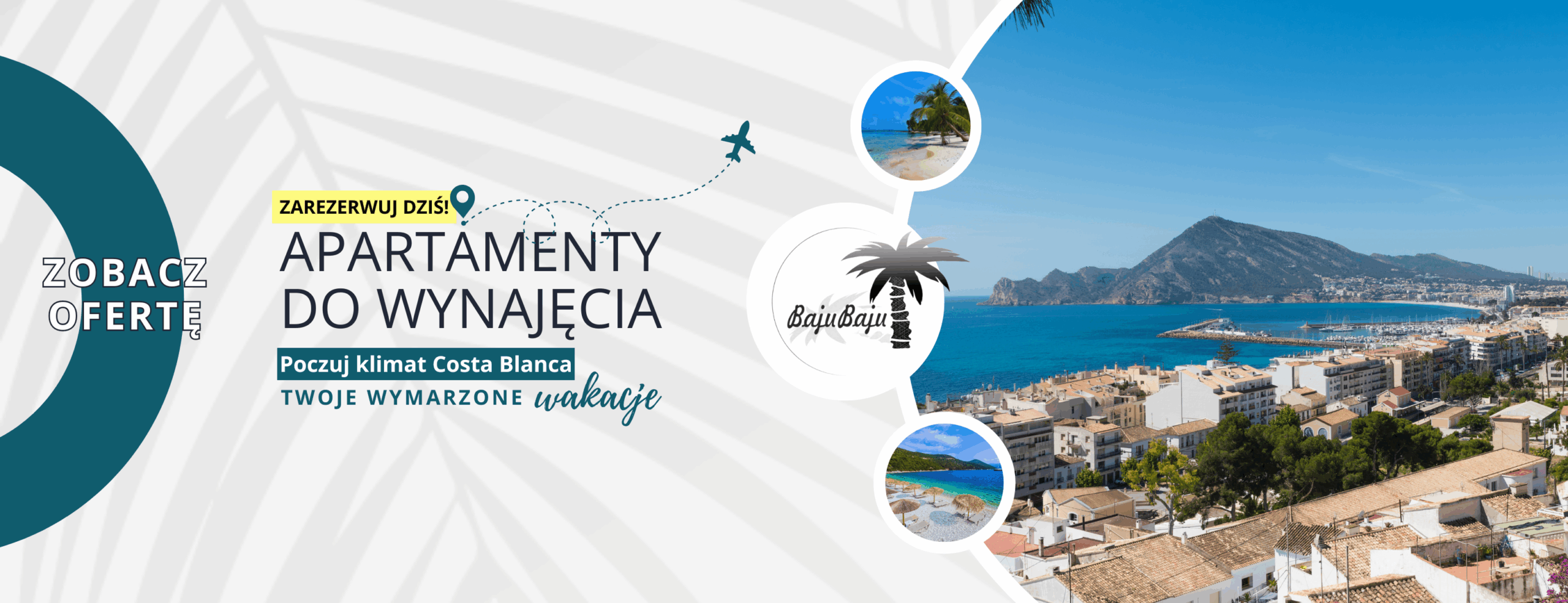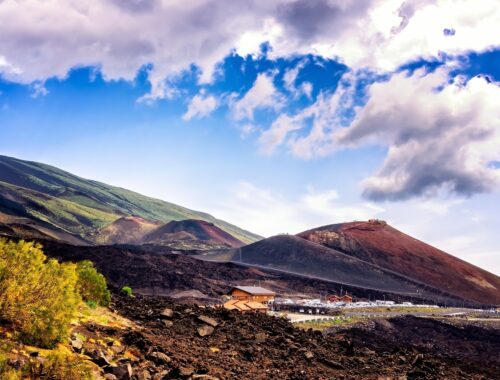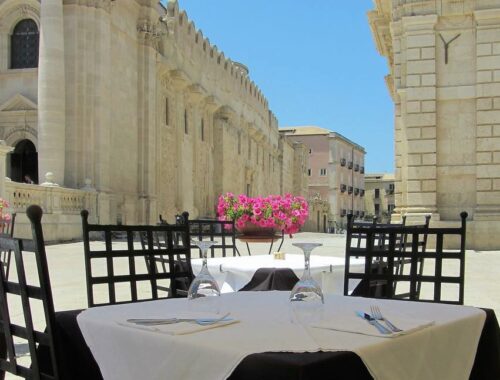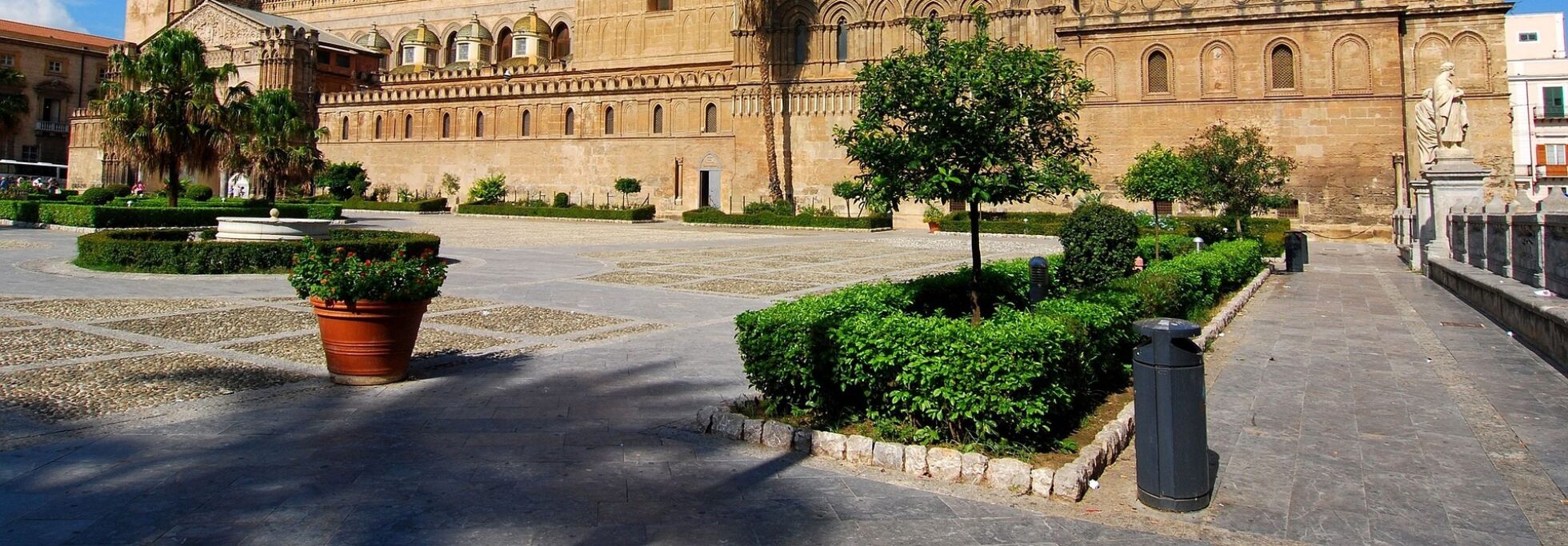
Trip to Palermo – what must you see in the Sicilian capital?
Palermo is the largest city in Sicily, simultaneously the capital of the region and the entire island. We'd also venture to say that it's one of the most diverse cities in the country, and perhaps even the world. It's an absolutely unique place, full of colorful contrasts – bustling markets, ubiquitous street art, Baroque churches, majestic palaces, and works of art. Therefore, visiting Palermo should be approached with an open mind – it's worth seeing not only the monuments but also (and perhaps above all ☺) the vibrant city. We've prepared a little cheat sheet for you – check out what you must see in Palermo.
The bustling streets of the city
Nothing will let you experience the magic of Palermo like getting lost in its charming streets. Stroll along the city's main thoroughfares, Via Roma and Corso Vittorio Emanuele, and delve even further and deeper... Go to the port, buy snacks from street vendors, stop by a bar for a glass of wine, try a frutta di martorana in a pastry shop... Notice the street art – especially in the Kalsa and Borgo Vecchio districts. And in the meantime, complain for a moment about the crowds, the noise, and the honking of cars.
City fairs
You can wander for hours through the colorful, vibrant city markets. It's the perfect opportunity to shop and observe the Sicilians. You can definitely feel the Arabic cultural influence in such places – it's loud, crowded, and simply wonderful. What can you buy at the markets? Wines, cheeses, olive oils, fruit, vegetables, fish, seafood – basically everything! Markets worth visiting include Ballaro' Market (the largest and most interesting), Capo Market (with many street food stalls), and La Vucciria (the fish market in the center of the old town).
Cappella Palatina in the Palazzo dei Normanni
The Palazzo dei Normani, along with the entire cathedral in Monreale, was added to the UNESCO World Heritage List in 2015. This palace was the seat of the kings of Sicily (hence why it is also known as the Royal Palace by locals), and since 1946 it has housed the Sicilian Regional Assembly. The Palazzo dei Normani is a prime example of Norman-Arab-Byzantine art. The incredible Norman-style mosaics are a real eye-catcher. The interior is truly breathtaking, and we guarantee you won't find such views anywhere else in the world.
Teatro Massimo
The Teatro Massimo, or more precisely, the Teatro Massimo Vittorio Emanuele, is the largest opera house in Italy and the third largest in Europe. The building is undoubtedly one of the most magnificent to be built in 19th-century Italy. It was built in a Neoclassical-Late Renaissance style with Baroque elements and visible influences from Norman and Arabic art. Besides its stunning design, it also boasts impeccable acoustics – among the best in the world. The theater remains in operation today and is renowned for the exceptionally high artistic standard of its performances.
Castello della Zisa
Castello della Zisa is another monument in Palermo associated with Norman-Arab culture. Its architecture can be described as relatively simple, yet there's undoubtedly something fascinating about it—it clearly shows strong Moorish influences. It has also been recognized by UN art experts, and the building has been added to the UNESCO World Heritage List.
Originally serving as a summer residence for Norman rulers, the building boasts elements of Islamic art, including Moorish arches and decorations. Inside, the mosaic hall is truly impressive, and the rooms also feature various artifacts from the Mediterranean region, tools, and exhibits of Islamic art. From the building's exterior, the eye is drawn to the water reservoirs, preserved in an oriental style – they are truly picturesque.
Piazza Bellini
A very interesting and impressive square (in fact, our favorite!) in Palermo is the charming Piazza Bellini. It's located practically in the city center, in the Kalsa district, right next to the central Via Maqueda.
Piazza Bellini boasts three churches, two of which are renowned not only in Sicily but throughout Europe. San Cataldo, unmistakably reflects Arabic influences – its austere façade topped by three red domes is sure to be visible from afar. Inside, you'll find pure early Gothic architecture.
The 12th-century church of La Martorana is one of the best-preserved Gothic buildings in Palermo. Inside, you'll be captivated by its unique mosaics. Interestingly, the church is associated with the famous Sicilian frutta martorana – it was the nuns from the convent associated with La Martorana who began producing the popular marzipan sweets.
Convento dei Cappucini
The catacombs at Convento dei Cappucini evoke mixed feelings. The place is even considered depressing – after all, over 8,000 people were buried in the monastery's basement, and their remains, dressed in period costumes, are now on public display. Skulls and bones, as well as embalmed bodies, can be overwhelming. Many people even believe it shouldn't be open to the public. However, it is undoubtedly one of Palermo's "showpieces," so we decided to include it in this ranking, leaving you to form your own opinion.
